Entry Category: Race
Southland College
St. Charles Lynching of 1904
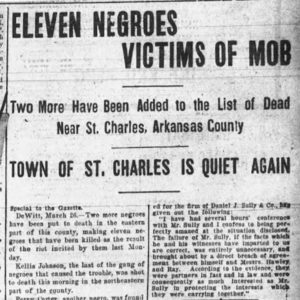 St. Charles Lynching Article
St. Charles Lynching Article
St. Francis County Reported Lynching of 1910
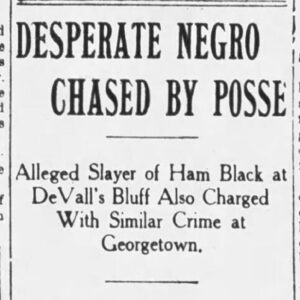 St. Francis County Reported Lynching of 1910 Article
St. Francis County Reported Lynching of 1910 Article
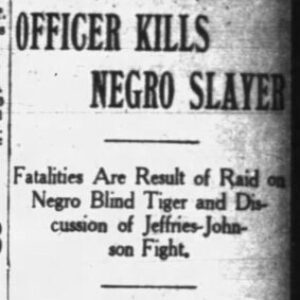 St. Francis County Reported Lynching of 1910 Article
St. Francis County Reported Lynching of 1910 Article
State of Arkansas v. Tee Davis
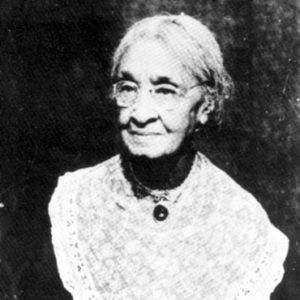 Charlotte Stephens
Charlotte Stephens
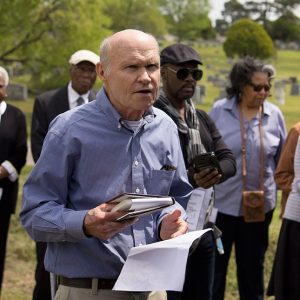 Grif Stockley
Grif Stockley
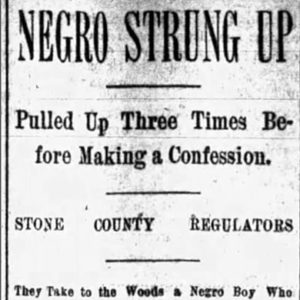 Stone County Lynching Article
Stone County Lynching Article
Stone County Lynching of 1898
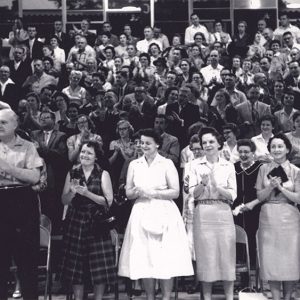 STOP Rally
STOP Rally
Stop This Outrageous Purge (STOP)
Streetcar Segregation Act of 1903
 Streetcar Segregation Act of 1903
Streetcar Segregation Act of 1903
Student Nonviolent Coordinating Committee (SNCC)
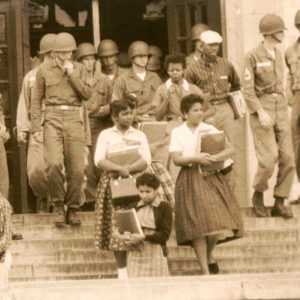 Students and Soldiers
Students and Soldiers
Students United for Rights and Equality (SURE)
Stuttgart Lynching of 1916
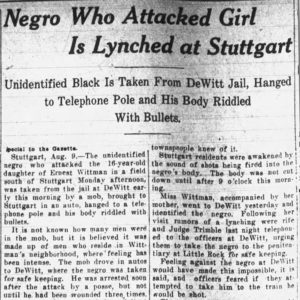 Stuttgart Lynching Article
Stuttgart Lynching Article
 Lencola Sullivan
Lencola Sullivan
Sullivan, Walter (Lynching of)
Sundown Towns
aka: Racial Cleansing
Supreme Royal Circle of Friends of the World
aka: Royal Circle of Friends
Sutton, Ozell
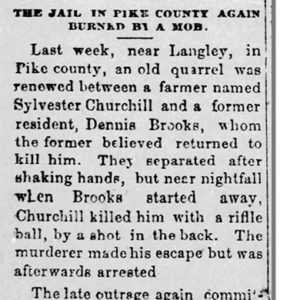 Sylvester Churchill Lynching Article
Sylvester Churchill Lynching Article
 George Takei at Internment Museum
George Takei at Internment Museum
 Mary B. Talbert
Mary B. Talbert
Talbert, Mary Burnett
Taylor Sisters (Lynching of)
 Taylor Sisters Lynching Article
Taylor Sisters Lynching Article
Taylor, George Edwin
Templeton, George (Lynching of)
Terry, Adolphine Fletcher
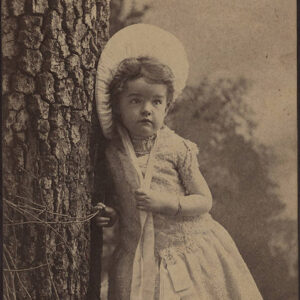 Adolphine Fletcher Terry
Adolphine Fletcher Terry
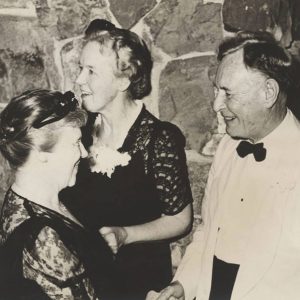 Adolphine and David Terry
Adolphine and David Terry
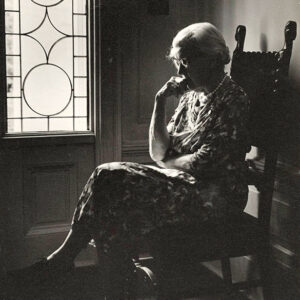 Adolphine Fletcher Terry
Adolphine Fletcher Terry
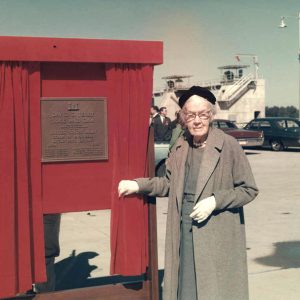 Adolphine Fletcher Terry
Adolphine Fletcher Terry
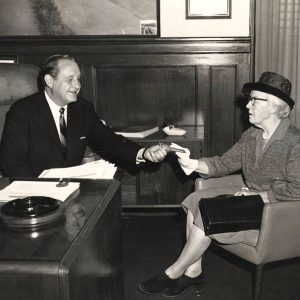 Adolphine Fletcher Terry
Adolphine Fletcher Terry
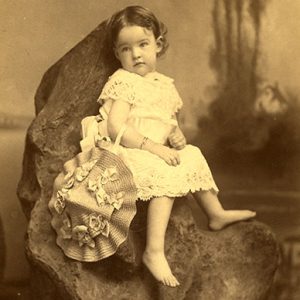 Adolphine Fletcher Terry
Adolphine Fletcher Terry
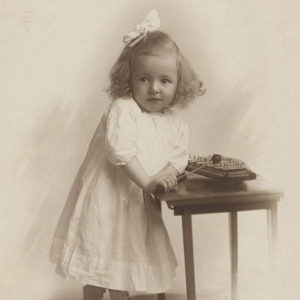 Mary Fletcher Terry
Mary Fletcher Terry
 Mary Fletcher Terry
Mary Fletcher Terry
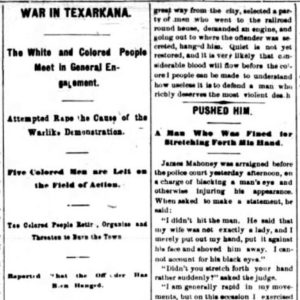 Texarkana Race Riot Article
Texarkana Race Riot Article
Texarkana Race Riot of 1880
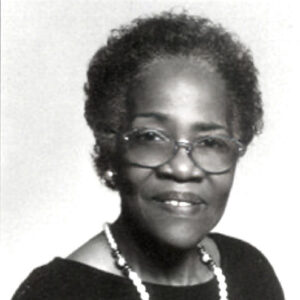 Theressa Hoover
Theressa Hoover
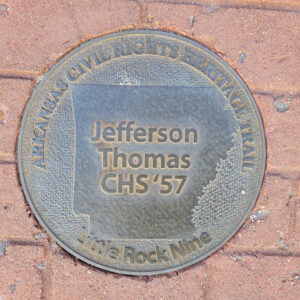 Thomas Marker
Thomas Marker
Thomas, Jefferson Allison
Thomas, Wade (Lynching of)
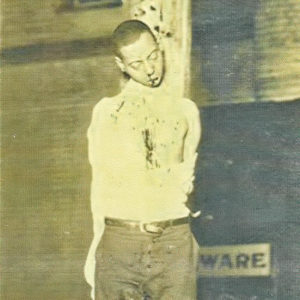 Wade Thomas Lynching
Wade Thomas Lynching




